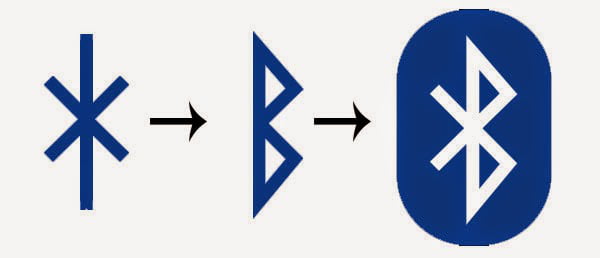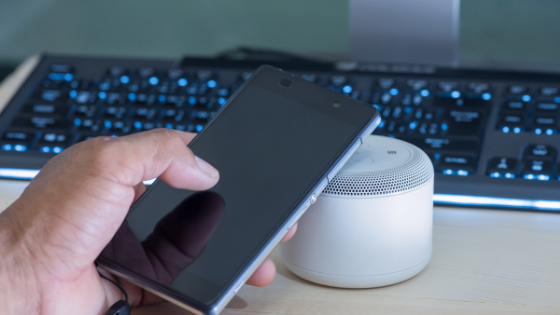Stop me if you have heard this one before. What do dissonant 10th-century Danish tribes and your home office devices have in common? They were both united by Bluetooth!
OK, so I may have lost you, but I’ll explain more on that later. But first, let’s talk about modern day Bluetooth. Do you remember how the space behind the equipment on your office desk used to look? Cables everywhere! In my previous blog, I wrote about the now ever-present USB cable and how it revolutionized wired communication between your ever-growing collection of devices. But what has become even more ubiquitous than the USB cable in your home office and throughout your daily activities of teleworking life is Bluetooth.
Bluetooth technology is growing in popularity and use. You probably have many of these Bluetooth devices in your office and throughout your house already:
- Hands-free headset
- Car stereo system
- Wireless speakers
- Wireless headphones
- Fitness bands
- Heart rate monitors
- Health sensor medical devices
- Smart watch
- GPS device
- Mouse and keyboard
- Printer
- Headset and intercom
- PlayStation controller
But, were you aware that Bluetooth technology continues to find its way into new and interesting corners of our lives?
Bluetooth is now used in real-time location systems – if you walk up to the appliances in a big box store with your smart phone, you may receive discount coupons on your phone on the spot. It’s also being used in personal security applications – your protected item has a Bluetooth marker in it and an alert is sounded if the Bluetooth contact to your phone is lost.
But, What is Bluetooth?
Bluetooth is a wireless communications technology that operates within a short-range radio frequency. What that means to you is that your Bluetooth-enabled devices can connect with each other wirelessly and communicate as if they were wired together. It is found in both iOS and Android devices.
You likely have several (possibly many) devices connected together via this technology. Let’s take your wireless keyboard and mouse that are connected to your laptop as an example. Your laptop sets up a simple master/slave pairing relationship with these Bluetooth-enabled devices. A single master can manage up to seven Bluetooth-enabled devices at one sitting on or near your desk, within approximately 30 feet. And, the Bluetooth protocol provides up to 79 channels within that range!
Successful Bluetooth connections depend on both the hardware and software in the paired devices. As the hardware in the devices has improved, the Bluetooth protocols have advanced to provide more features and faster connections. For the most part, Bluetooth is backward-compatible but, of course, you will not get the full features of the new protocols with your old devices.
Is One of Your Bluetooth Connections Being Stubborn?
Sometimes you just cannot seem to get a Bluetooth device paired properly. First make sure the devices are updated with their latest drivers and firmware, are near each other, and are powered up with Bluetooth turned on. If you still can’t get them to pair, try these five quick steps:
- Delete the device from your phone. Then, turn on discoverable mode on the pairing device and reconnect.
- Remove any old no-longer-needed Bluetooth connections from the device.
- Move your device away from your WiFi router (which uses the same frequency spectrum) to minimize radio interference.
- Do a ‘soft reboot’ of your phone by going into and out of airplane mode.
- Finally, make sure the devices you are trying to pair are designed to work together. A quick Google search of compatibilities for your devices can eliminate frustration.
So, Why Is It Called Bluetooth?
Back to the original question. What DO dissonant 10th-century Danish tribes have to do with a 21st century electronic device communications protocol? Well, that would be Danish king Harald Bluetooth, who united fighting Danish tribes into a single kingdom. The moniker was given to the modern protocol by the Danish engineers who invented the technology in the late 1980s. And, the logo used to signify Bluetooth capability is a combination of two Scandinavian letters, Hagall and Bjarkan, Harald Bluetooth’s initials!

Hagall + Bjarkan = Bluetooth
Who knew, right? Eleven centuries later, Bluetooth continues to unite… devices… and is a highly reliable and effective way to connect your office wirelessly.




.jpg)

.png)
.png)
/Employee%20Autonomy%20Part%202%20(Blog%20Title).png)
.jpg)


.jpg)
.jpg)
-1.jpg)
.jpg)
.jpg)
.jpg)
.jpg)
.jpg)

